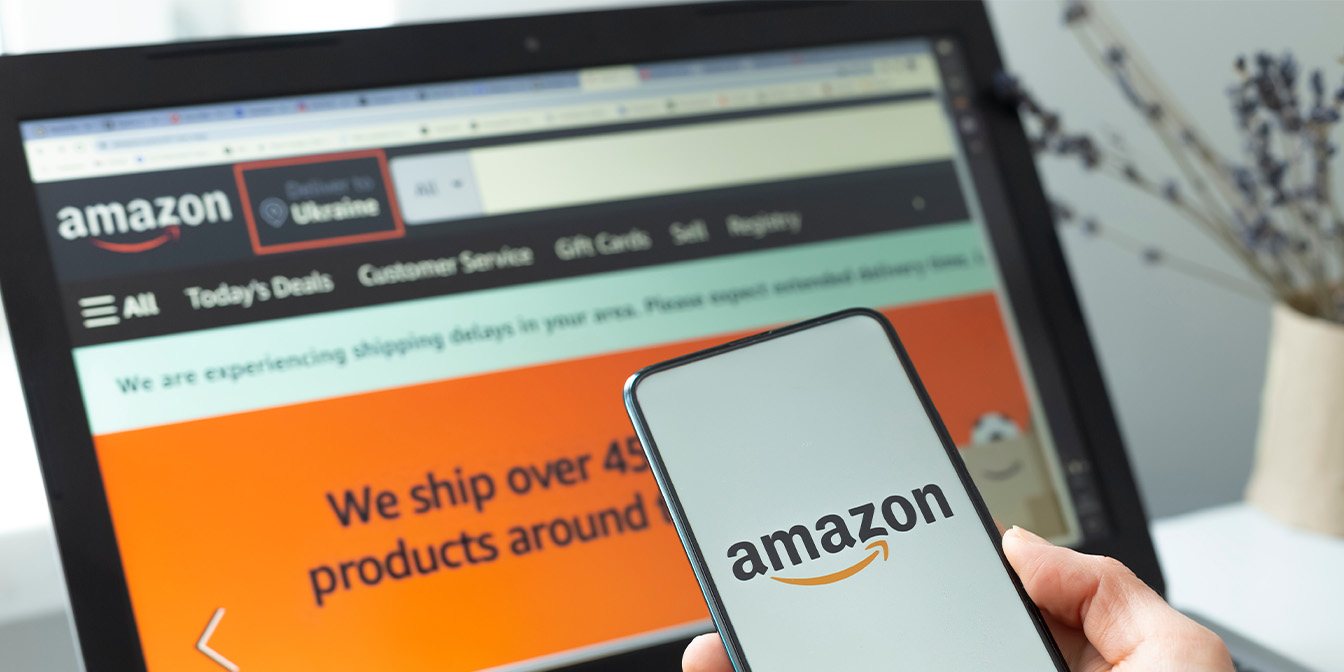If you want to skip this entire article, remember that the key to enhancing and providing a personalized experience for your customers lies in the unique value of the information they provide, both directly and indirectly. This understanding empowers you to cater to their unique preferences and needs, enlightening you about their significance in your business success and translating them into technical features that give them an exceptional experience they won't get at your competitor.
The multifaceted question presents various nuances that every business must confidently address to thrive. Each company is distinct, with a customer base that differs even when offering products or services similar to those of competitors. Take Walmart and Target, for instance; while they both sell identical products, the crucial disparity lies in how they target and cater to their audiences. Understanding the audience is paramount, as it cultivates a sense of value and importance among customers, leading to enduring loyalty and relationships.
Some customers are willing to pay more for better service, and some are unconcerned about service as long as the price is low.
A car serves various purposes for different people while fundamentally providing transportation. Different attributes can define its variations:
Understanding Your Business Purpose And How They Relate To Your Audience
- Luxury versus functionality: Some prioritize aesthetics, features, and choices, while others prioritize practicality from point A to point B.
- Purpose: Do you have a family? Are you interested in sports cars? Do you use them for business?
- Performance - Do you need speed or horsepower? Can you haul things? How much gas does it take, and what kind
All of these factors will segment the audience into different groups. Subsequently, you can divide into more subgroups based on design, appearance, and experience, which will also vary.
Identify Functionality and Translate To Your Audience
Large companies such as Amazon, which generate substantial revenue online, recognize the critical importance of 'UX/CX' (User Experience/Customer Experience). This understanding guides the development and technologies required to deliver what their audience wants and needs, reassuring them that their needs and expectations are being met.
The better a company understands its audiences and customers, the more it can create targeted and personalized experiences for everyone. This means all customers will receive a customized experience, even if their demographics, behaviors, and preferences differ entirely.
Using templates or services that offer the same experience to everyone is like taking a random chance and hoping someone will find it helpful, which usually has a low probability of success. Instead, invest in experiences that cater to individuals' specific needs and preferences so that they find value in them.
Netflix is a movie company; however, a considerable part of its business model is technology and how it caters to its consumers. It is one of the best examples of how it has to cater to a large, diverse audience that differs in many aspects, yet it has to provide services to all in a voice that applies to that particular segment.
Understandably, those initiatives are costly, and many may need more funding or resources. However, they are similar to any traditional business that procures buildings, equipment, and advertising to obtain consumers. Online, it's the technology and development that will make all the difference.
The consumer wants to achieve their goal, whether finding their products as quickly as possible, navigating through your offerings as efficiently as possible, and getting to the things they are mainly interested in without having to wrestle through countless things that bear no interest to them. Unfortunately, online, you only have a few minutes to make that impression as your competition is only a mouse click away, and many times, once that customer leaves, they will never return. It can solely be that they won't find you again because ten other websites providing similar products and services now occupy their time, and they won't remember yours.
It is best to focus on functionality that can bear the most fruit to maximize the benefits by doing it right. We receive many requests, and the most common is, "We want to be able to do what Amazon does." Amazon invests hundreds of millions into its infrastructure and technologies, all the way to its engineers and developers who all work on specific functions of its website and make it as optimal as possible. Start small, but figure out where your low-hanging fruit is and work yourself up. The only way to get there is to work with someone specializing in these different areas, from data capture, management, development, marketing, etc.

Here is a basic breakdown of how you can get started:
Discovery: Find out what you currently have and where you can improve.
Plan: Identify the most effective actions within your budget. Instead of spreading your resources across multiple strategies, focus on the one that can take you to the next level. This could be your email marketing, social media, data capture, etc.
Apply your learnings: Once you understand your starting point and opportunities, turn that understanding into action and create a plan to develop these areas. You should begin with the basics and add more advanced features later.
Remember, this process is ongoing. Development is a cycle; it continues with more iterations. Every day presents new opportunities, and as technology and behaviors change, you must adjust and adapt. You can gradually build a well-oiled engine by identifying trends and patterns as they emerge.


